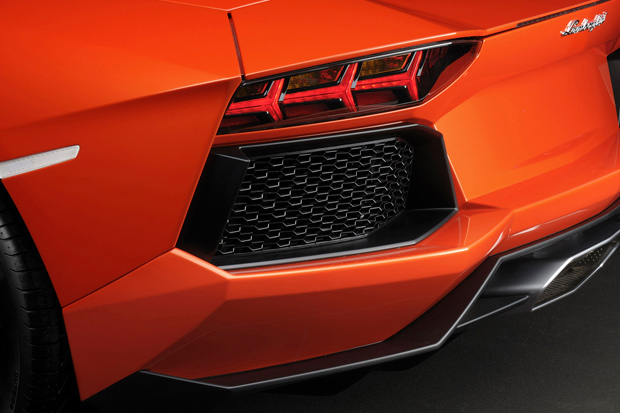|
|
附件: 您所在的用戶組無法下載或查看附件
|
|
|
|
|
||
|
|
附件: 您所在的用戶組無法下載或查看附件
|
|
|
|
|
|
|
|
||||||||||||||||||||||||||||||||||||||||||||||||||||||||||||||||||||||||||||||||||||||||||||||||||||||||||||||||||||||||||||||||||||||||||||||||||||||||||||||||||||||||||||||||||||||||||||||||||||||||||||||||||||||||||||||||||
|
|
附件: 您所在的用戶組無法下載或查看附件
|
|
|
|
|
|||||||||||||||||||||||||||||||||||||||||||||||||||||||||||||||||||||||||||||||||||||||||||||||||||||||||||||||||||||||||||||||||||||||||||||||||||||||||||||||||||||||||||||||||||||||||||||||||||||||||||||||||||||||||||||||||
|
|
|
|
|
|
|
||
|
|
附件: 您所在的用戶組無法下載或查看附件
|
|
|
|
附件: 您所在的用戶組無法下載或查看附件
|
|
|
|
附件: 您所在的用戶組無法下載或查看附件
|
|
|
|
|
|
|
附件: 您所在的用戶組無法下載或查看附件
|
||



 發表於 2013-7-17 01:26 AM
|
發表於 2013-7-17 01:26 AM
| 






 由10天減至7天,可累積至下回
由10天減至7天,可累積至下回 等我研究下希望下次整得好d
等我研究下希望下次整得好d
 Lamborghini 2012 Aventador LP700-4
Lamborghini 2012 Aventador LP700-4
